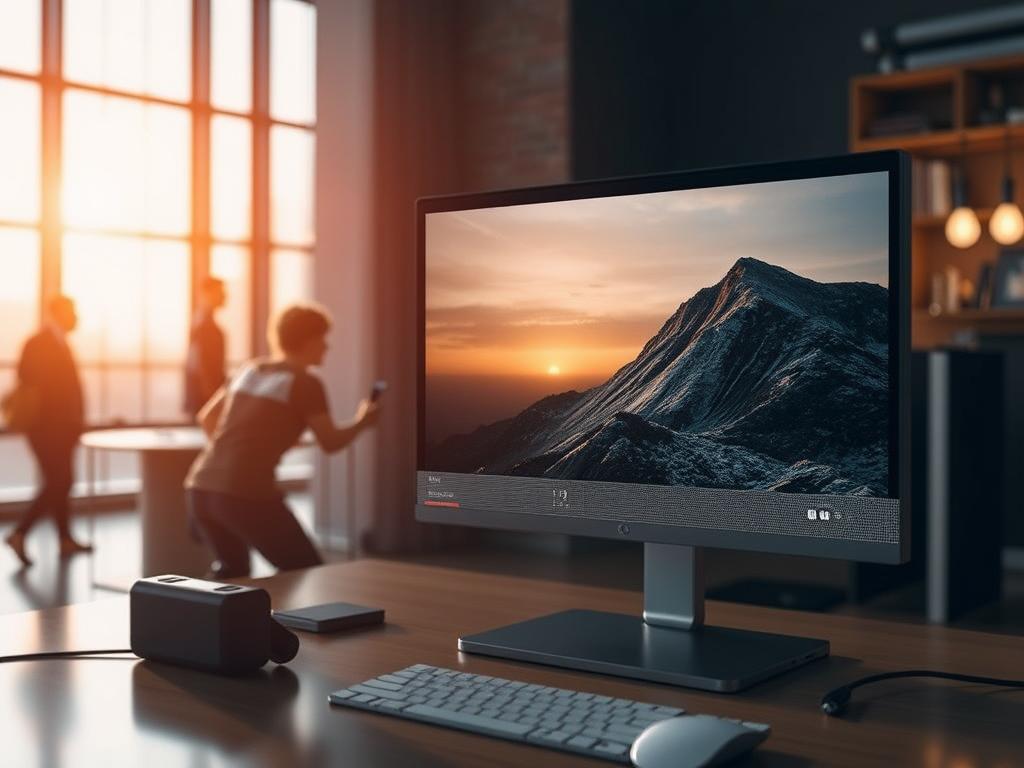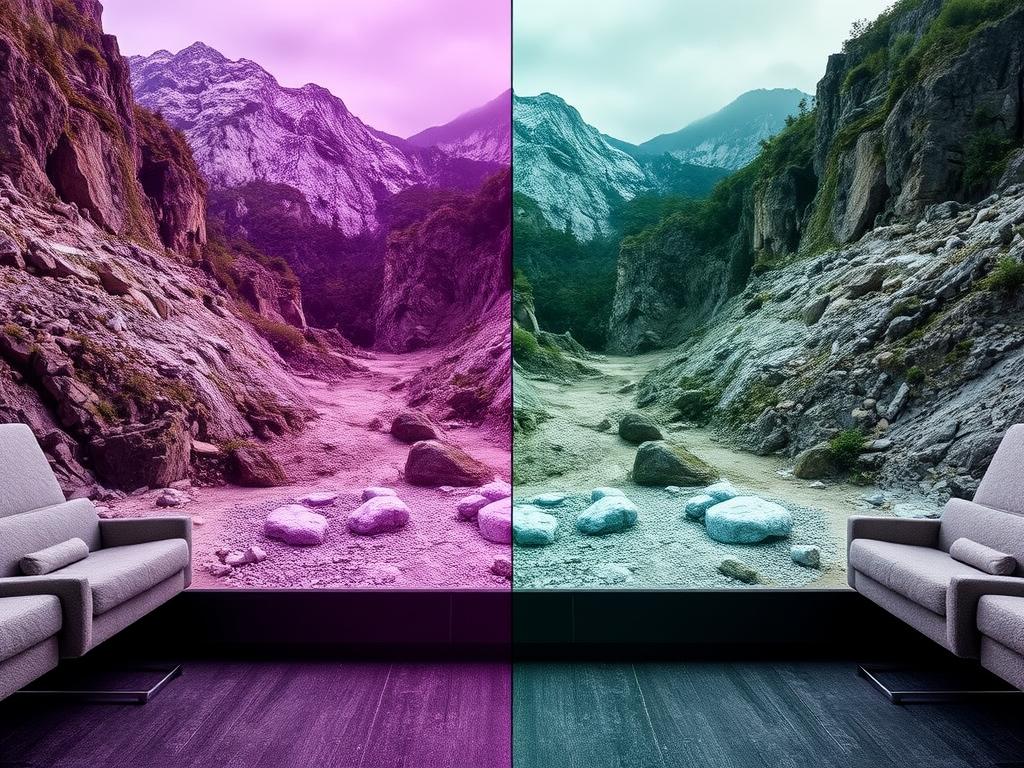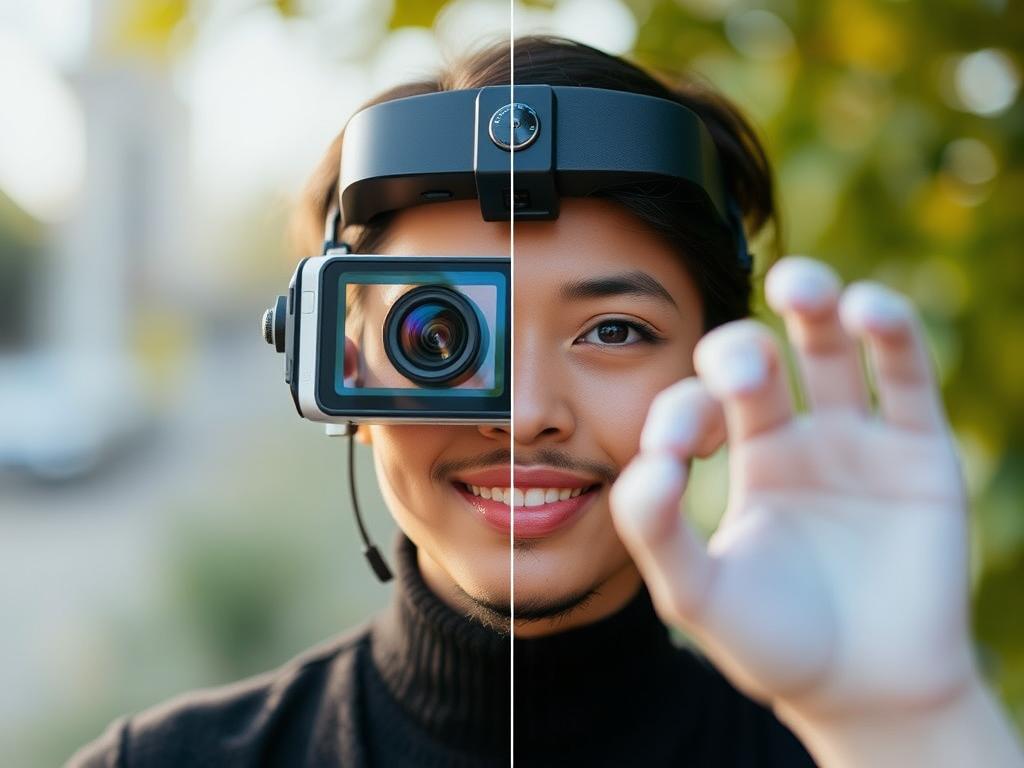Understanding Video Upscaling in the Digital Age

Video upscaling is a process that enhances the resolution of a video, making it appear clearer and more detailed on modern high-resolution displays. Traditionally, this was done with simple interpolation techniques, which often resulted in blurry or unnatural images. However, with the rise of artificial intelligence, AI-based video upscaling has revolutionized this process. AI-driven methods can intelligently fill in missing details and textures, producing much sharper and more realistic results. This breakthrough is important because it allows users to enjoy older, lower-resolution videos on today’s 4K and even 8K screens without losing visual quality.
The key difference between traditional upscaling and AI-based video upscaling lies in how the images are processed. While conventional methods stretch pixels and guess the colors in between, AI algorithms “learn” from vast datasets of images and videos. These algorithms understand patterns, edges, and textures, enabling the generation of new pixels that align naturally with the original image content. As a result, AI-based video upscaling produces not only larger images but also ones filled with details that weren’t explicitly present in the original footage. This makes old movies, gaming footage, and even home videos more enjoyable and immersive.
How AI-Based Video Upscaling Works
At its core, AI-based video upscaling relies heavily on deep learning, particularly convolutional neural networks (CNNs). These networks are trained on millions of images and video frames, teaching the AI to recognize the way natural images look at different resolutions. Here’s a simplified breakdown of the process:
- Training the Model: The AI model is fed a large dataset of images available in both low resolution and their high-resolution counterparts. It “learns” how details appear in high-res images.
- Analysis: When a low-resolution video frame is input, the AI analyzes it by breaking it into small sections and identifying patterns that correspond to textures, edges, and colors.
- Prediction and Generation: The AI predicts what the higher-resolution version of each section should look like, generating new pixels and restoring lost details.
- Refinement: The output is further refined to remove noise and prevent artifacts, resulting in smoother and sharper images.
What makes this method stand out is the AI’s ability to guess missing information based on learned examples rather than just guessing blindly. The more advanced the AI, the better it repeats this pattern recognition, yielding upscaling that can seem almost magical in its fidelity.
Technical Aspects of AI Upscaling Algorithms
Several models power AI upscaling, but the most popular involve CNNs combined with generative adversarial networks (GANs). GANs essentially pit two neural networks against each other—one generates upscaled images, while the other critiques them. This competitive dynamic forces the generator to improve continuously and produce more realistic frames.
Some common technical features include:
| Feature | Description | Benefit |
|---|---|---|
| Convolutional Neural Networks (CNNs) | Analyze video frames by filtering and recognizing spatial patterns. | Extracts and recreates high-frequency details like edges and textures. |
| Generative Adversarial Networks (GANs) | Uses two networks to improve image realism through competition. | Enhances detail quality and reduces artifacts. |
| Temporal Consistency Models | Ensures smooth transitions across video frames. | Prevents flickering and inconsistent output in videos. |
Beyond these, recent advances have introduced transformer-based models and hybrid architectures, improving the AI’s capability even further.
Advantages of AI-Based Video Upscaling

When you compare AI-based video upscaling with traditional methods, some clear benefits emerge. Here’s a quick breakdown:
- Improved Detail Recovery: AI can restore textures and fine details that were lost or never existed in the low-res original.
- Smoother Visuals: Thanks to temporal consistency models, videos maintain fluid motion without distracting flicker or distortion.
- Versatility: Works well across a wide range of content including movies, TV shows, animation, and gaming footage.
- Cost Efficiency: Instead of reshooting or recreating old video content at a higher resolution, AI upscaling offers a scalable, affordable option.
Imagine taking your old family videos or classic films and giving them a fresh, crisp look as if they were filmed yesterday. This ability is reshaping how we preserve and enjoy video content.
Best Tools for AI-Based Video Upscaling
There are many AI upscaling tools available today, each tailored for different users and purposes. Choosing the right one depends on your needs—whether you want simplicity or advanced customization. Here are some widely respected options, along with their key features:
| Tool | Platform | Main Features | Ideal for |
|---|---|---|---|
| Topaz Video Enhance AI | Windows, macOS | Uses GAN technology, wide template library, batch processing | Professional editors, enthusiasts |
| DVDFab Enlarger AI | Windows | Formats like DVD/Blu-ray enhancement, supports 4K upscaling | DVD/Blu-ray users wanting high-res remasters |
| AVCLabs Video Enhancer AI | Windows, macOS | Video noise removal, color correction, AI sharpening | Casual users, YouTubers |
| Waifu2x | Web-based, open-source | Optimal for animation, noise reduction, simple interface | Animators, hobbyists |
Each of these tools incorporates AI-based video upscaling algorithms that allow users to enhance their videos with minimal hassle. Topaz Video Enhance AI, for instance, is known for offering some of the best quality upscaling on the market, especially for highly detailed footage, while Waifu2x is a favorite in the animation community for its noise-reducing capabilities.
Tips for Getting the Best Results From AI Upscaling
Even the best tools require some know-how to maximize their output. Here are some user-friendly tips:
- Start with the Best Source: The better the original video quality, the better the upscaled result.
- Choose the Right Model: Different AI models within tools specialize in styles (e.g., natural scenes vs. animation).
- Play with Settings: Adjust noise reduction, sharpening, and frame interpolation to suit your footage.
- Be Patient: AI upscaling can be time-consuming, especially with longer videos or high resolutions.
Understanding these elements can turn AI video upscaling from a simple function into a creative tool that truly transforms your videos.
The Future of AI-Based Video Upscaling
Looking ahead, AI-based video upscaling is set to become even more powerful with advancements in machine learning. Developments like real-time AI upscaling for streaming services could allow consumers to watch older content at ultra-high resolutions without waiting for a download or processing. Moreover, integration with other AI-driven editing tools—such as automated color grading and scene detection—will create holistic video enhancement platforms.
Imagine a world where even live broadcasts automatically upscale depending on your screen’s native resolution or where AI helps restore lost historical footage for museums and educational use. The possibilities are vast and exciting.
Key trends to watch:

- Real-Time Upscaling: AI models optimized for low latency.
- Enhanced Temporal Stability: Techniques to avoid flicker in fast-moving scenes.
- Integration with Video Streaming Platforms: Personalized resolution enhancement.
- Expandability to 8K and Beyond: Building capabilities for future screens.
These trends are not just theoretical; they are already in development and set to reshape video experiences globally.
Conclusion
AI-based video upscaling is a game-changer for anyone involved with video content—from casual watchers to professional editors. By leveraging machine learning models that understand image structure and detail, these tools breathe new life into old, low-resolution videos, delivering much sharper, more vibrant images that look stunning on modern displays. Whether you want to enhance your personal collection, restore classic films, or prepare videos for high-res streaming, the best AI upscaling tools available make it easier and more effective than ever. As the technology evolves, we’re only beginning to tap its potential, promising a future where every video, new or old, can shine in brilliant clarity.